SPAIN’S sensational success is not based on their glorious passing game but on probably the best defence in football history.
Boss Vicente Del Bosque’s men have gone four matches without conceding and boast the best back-line at Euro 2012.
The one goal they let in came in their Group C opener against Italy.
Opta stats show Spain have not shipped a goal in the knockout stages of their lastTHREE major tournaments — an unprecedented nine do-or-die games.
They have not conceded more than one goal in any finals match since a 3-1 defeat by France in the 2006 World Cup and have not lost a knockout game since!
You have to go back to October 2010 to find the last time they let in two goals in a competitive match — a 3-2 win against Scotland in Glasgow, when Spain had 74 per cent possession.
It is precisely their ability to keep the ball that is their biggest defensive weapon as they starve the opposition of chances.
Former Manchester United ace Gerard Pique admitted that, for all the talk of ‘tiki-taka’ football, Spain’s stars see the priority as always to keep a clean sheet before anything else.
Pass masters Xavi and Xabi Alonso sweat blood for the team, as does midfield anchor Sergio Busquets, to snuff out any threat coming from their rivals.
Pique said: “Right now, defensively the team is performing so well. Not just the defence but the whole side has the mentality that the most important thing is to keep a clean sheet and from that point on to score goals. I think it is working.
“We’ve not conceded in four matches now, including extra-time and we are very happy.
“The mentality we have is we should not concede and Xavi, Xabi Alonso and Busquets help us so much in our defensive work. The two full-backs have also played a blinder.”
Spain’s midfield trio shield the Fabulous Five at the back and together they are the spine of Spain.
The men who make the case for the defence? Skipper Iker Casillas, former Liverpool ace Alvaro Arbeloa, Pique, Sergio Ramos and Jordi Alba who’s just completed a £12million move from Valencia to Barcelona .
Madrid star Ramos and Barcelona ace Pique were reportedly at loggerheads because of the intense rivalry between the El Clasico rivals but have put their difference aside to form an impenetrable duet.
Spain’s preparations were rocked as Carles Puyol pulled out injured but Pique and Ramos have been the best in Euro 2012.
Pique continued: “Game by game I think Sergio and I have gained in confidence. Defensively we are so good and then of course up front we have enough quality to create chances and try to score goals.”
It is this approach that makes other defensive sides of the past pale into insignificance. Italy also kept four clean sheets on the trot in Euro 1968 and Euro 1980 but they had missed out on the interim two tournaments meaning Spain hold the out-and-out record for clean sheets in one tournament – as well as for consecutive knock-out matches.
Spain’s defensive success goes hand –in-hand with their astonishing ability to keep the ball. In every tournament there is always an idiotic media bandwagon about to start rolling.
In this tournament we had a feeble attempt to liken Cristiano Ronaldo to Diego Maradona but even worse some suggested Spain were BORING.
On average they have had more than 60 per cent possession according to OPTA in all of their last three tournaments.
The last time Spain had less than 50per cent possession in a tournament match was the final against Germany in Euro 2008, when they had 46 per cent.
They STILL kept a clean sheet and won the game as Fernando Torres grabbed the priceless winner and under boss Luis Aragones Spain ended a 44-year trophy drought.
Amazingly this was the ONLY match Spain had less possession than their rivals in the last...EIGHT years.
So as they matched Germany’s feat of reaching three successive finals (as West Germany they won the 1972 European Championships, the 1974 World Cup and also reached the final of the 1976 Euros which they lost on pens to Czechoslovakia).
Pique missed out on Euro 2008 as it was the summer he quit United to return to Barcelona and go on from an Old Trafford sub to be regarded as the world’s best centre-half. He’s won everything with Barcelona and of course the World Cup so winning on Sunday is the only thing missing in his cabinet.
Win on Sunday and Spain will be rightly regarded as the best team of all time – the first to win three majors on the bounce.
And Pique acknowledged that adding: “After winning this I will want to win all of those trophies again. I don’t look at it like that. Spain deserves it for the people and this team. It will be so difficult to find another generation of such good players to put together and we have to take maximum advantage and win this competition.
“It happened with Barcelona too when we won everything and then you don’t velaue these little moments as much as you should.
“As I said before we will have to wait a long time to see a team reach so many finals and all of us have to appreciate the magnitude of this success.”


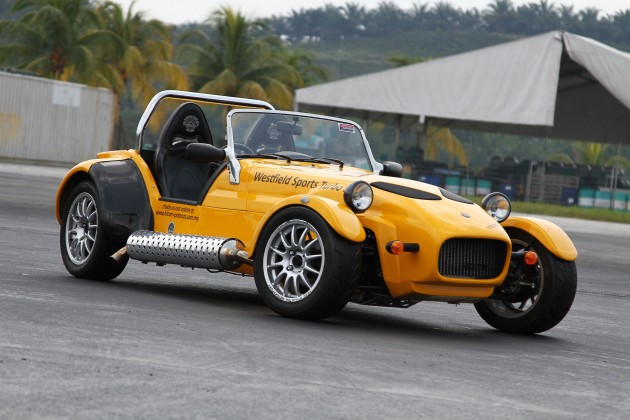
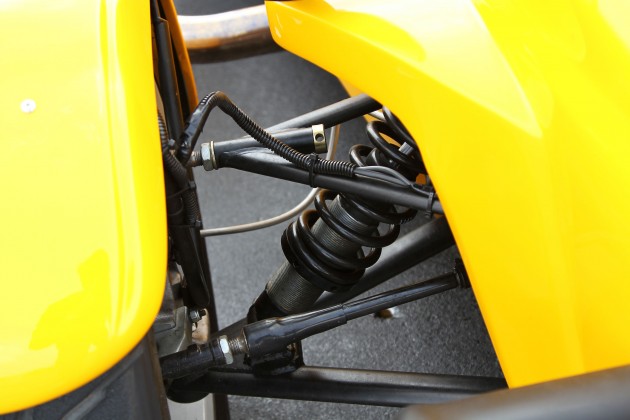
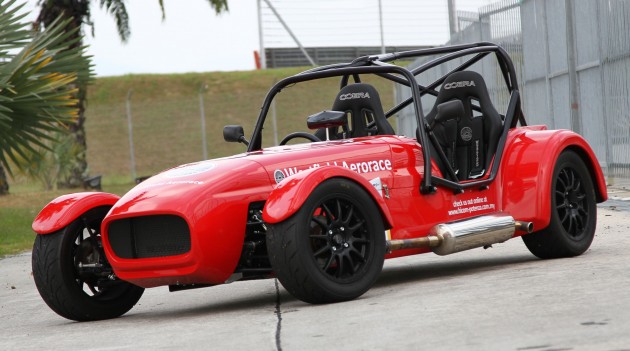
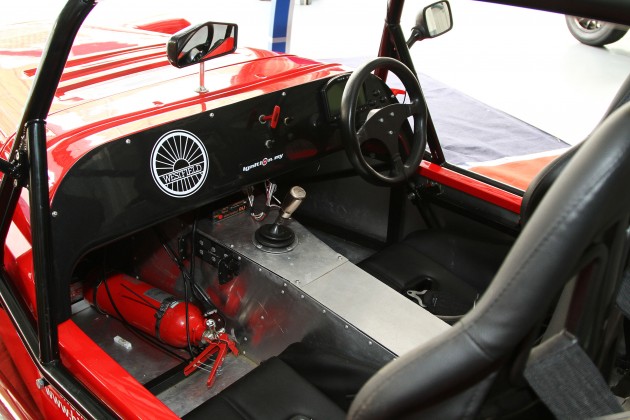
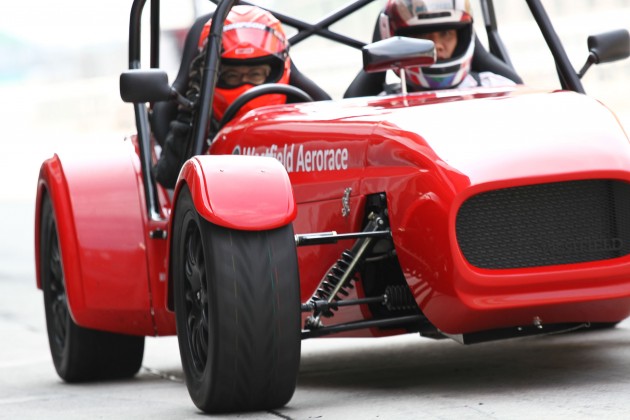
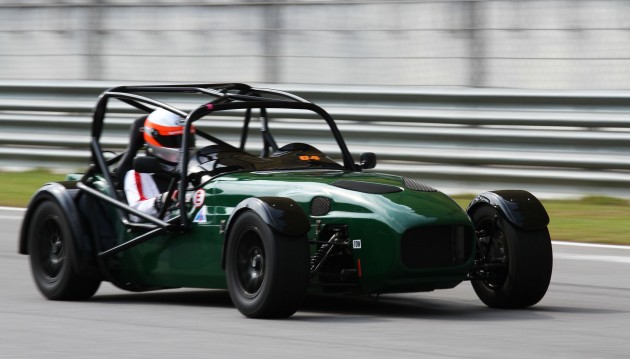
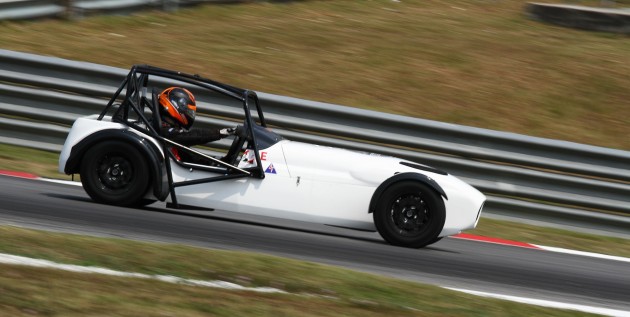
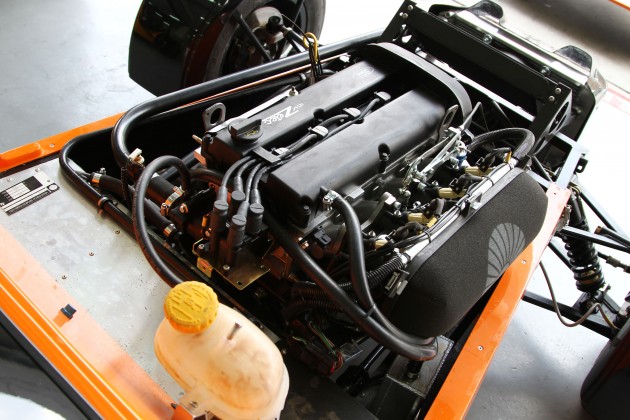
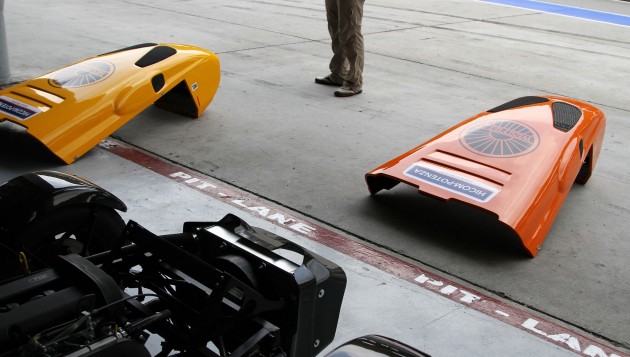
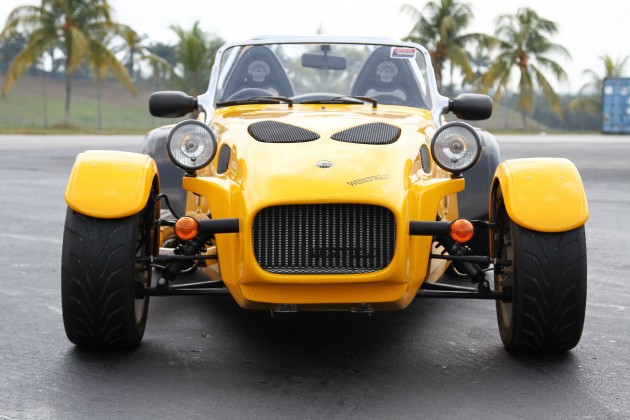
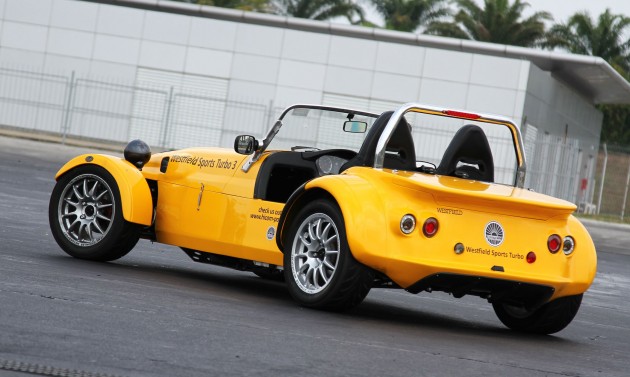
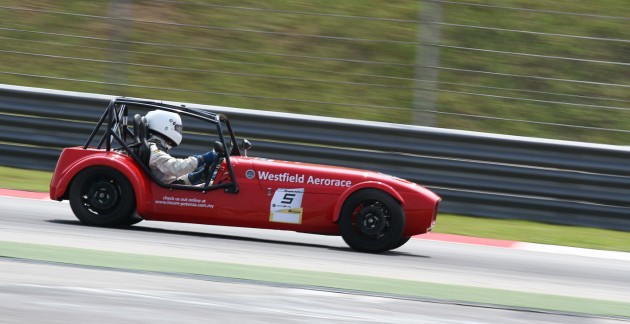
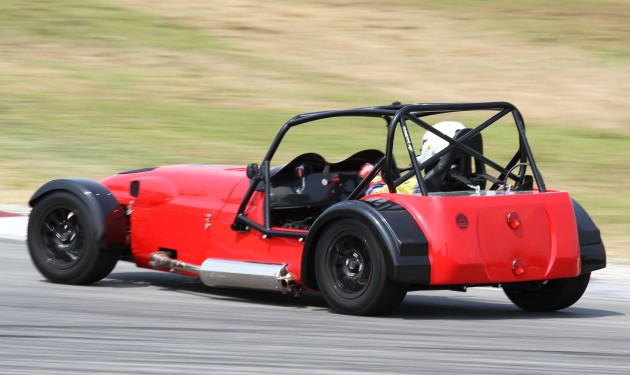
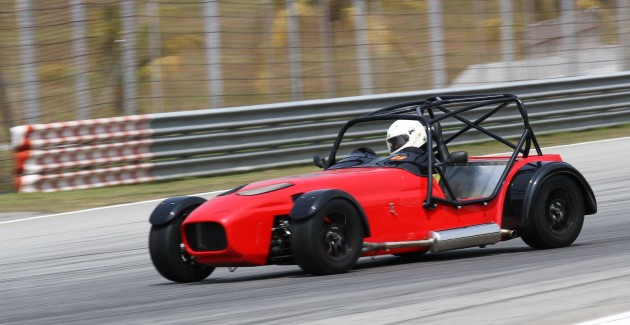
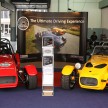
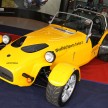
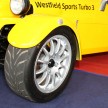
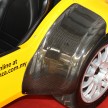




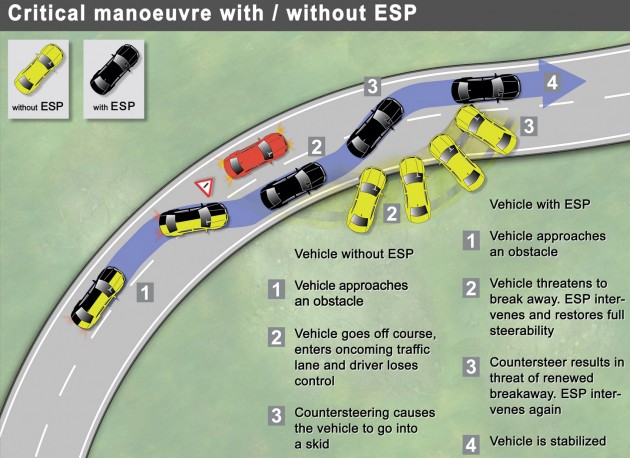







.jpg)


.jpg)


.jpg)
.jpg)
.jpg)
.jpg)
.jpg)

.jpg)
.jpg)
.jpg)

.jpg)

